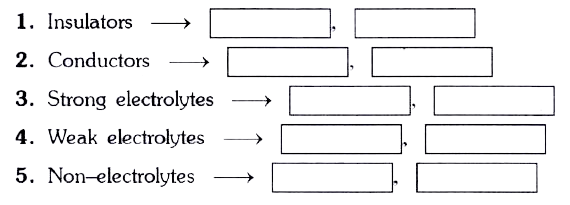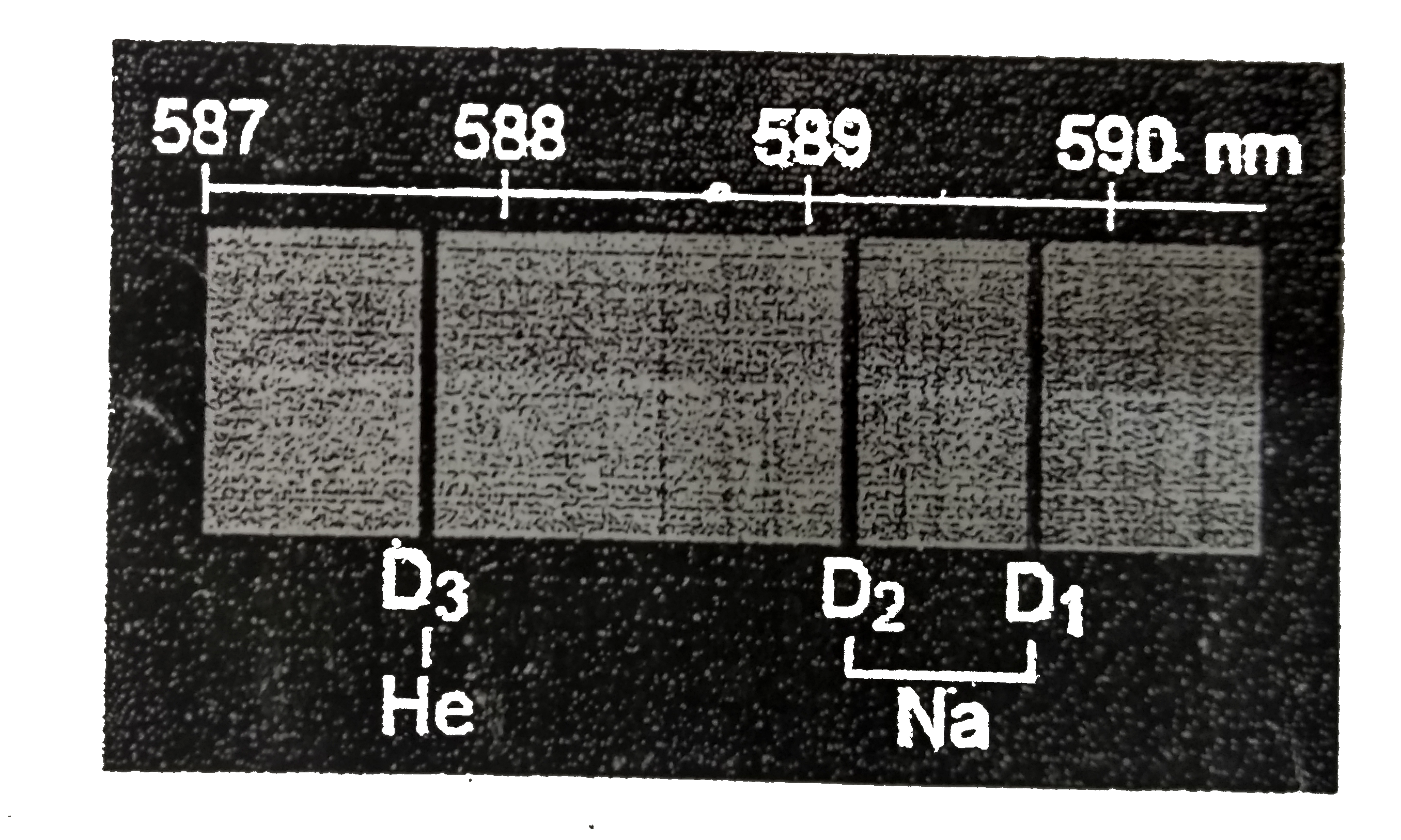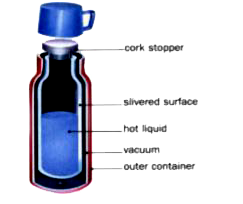Select good and bad conductors of heat from the following: copper, mercury, wood, iron, air, saw-dust, cardboard, silver, plastic, wool.
To determine which materials are good and bad conductors of heat from the given list, we can categorize them based on their properties. Here’s a step-by-step solution:
Step 1: List the materials
We have the following materials to evaluate:
- Copper
- Mercury
- Wood
- Iron
- Air
- Sawdust
- Cardboard
- Silver
- Plastic
- Wool
Step 2: Identify good conductors of heat
Good conductors of heat are typically metals and some other materials that allow heat to pass through them easily. From the list:
- Copper: A metal, known for its excellent conductivity.
- Mercury: A metal in liquid form, also a good conductor.
- Iron: Another metal, which is a good conductor.
- Silver: The best conductor of heat among metals.
Step 3: Identify bad conductors of heat
Bad conductors, or insulators, are usually non-metals or materials that do not allow heat to pass through easily. From the list:
- Wood: A non-metal, poor conductor of heat.
- Air: Generally a poor conductor, especially when still.
- Sawdust: Made from wood, thus a poor conductor.
- Cardboard: Made from paper, which is also a poor conductor.
- Plastic: A synthetic material, known to be a poor conductor.
- Wool: A fabric, typically a poor conductor.
Step 4: Summarize the findings
Now, we can summarize our findings into two columns:
Good Conductors of Heat:
- Copper
- Mercury
- Iron
- Silver
Bad Conductors of Heat:
- Wood
- Air
- Sawdust
- Cardboard
- Plastic
- Wool
Final Answer:
- Good Conductors: Copper, Mercury, Iron, Silver
- Bad Conductors: Wood, Air, Sawdust, Cardboard, Plastic, Wool
---
We have the following materials to evaluate:
- Copper
- Mercury
- Wood
- Iron
- Air
- Sawdust
- Cardboard
- Silver
- Plastic
- Wool
Good conductors of heat are typically metals and some other materials that allow heat to pass through them easily. From the list:
- Copper: A metal, known for its excellent conductivity.
- Mercury: A metal in liquid form, also a good conductor.
- Iron: Another metal, which is a good conductor.
- Silver: The best conductor of heat among metals.
Bad conductors, or insulators, are usually non-metals or materials that do not allow heat to pass through easily. From the list:
- Wood: A non-metal, poor conductor of heat.
- Air: Generally a poor conductor, especially when still.
- Sawdust: Made from wood, thus a poor conductor.
- Cardboard: Made from paper, which is also a poor conductor.
- Plastic: A synthetic material, known to be a poor conductor.
- Wool: A fabric, typically a poor conductor.
Now, we can summarize our findings into two columns:
- Copper
- Mercury
- Iron
- Silver
- Wood
- Air
- Sawdust
- Cardboard
- Plastic
- Wool
- Good Conductors: Copper, Mercury, Iron, Silver
- Bad Conductors: Wood, Air, Sawdust, Cardboard, Plastic, Wool
Topper's Solved these Questions
- HEATBOOK - ICSECHAPTER - HEATEXERCISE - TEST YOURSELF (NUMERICALS )
7 Videos
- HEATBOOK - ICSECHAPTER - HEATEXERCISE - QUESTIONS
1 Videos
- HEATBOOK - ICSECHAPTER - HEATEXERCISE - TEST YOURSELF (SELECT THE CORRECT)
7 Videos
- FORCE AND PRESSURE : MOTION BOOK - ICSECHAPTER - FORCE AND PRESSURE : MOTION EXERCISE - EXERCISES (SECTION II) (Picture Study)
4 Videos
- LIGHT ENERGYBOOK - ICSECHAPTER - LIGHT ENERGYEXERCISE - EXERCISE (PICTURE STUDY)
10 Videos
Similar Questions
Select conductors of electricity from the following : Copper wire, silk thread, pure water, acidulated water,human body, glass, mercury.
View SolutionSelect conductors and insulators from the following: Glass, silver, copper, wood, paper, pure water, impure water, aluminium, iron, leather, plastic, steel, human body and ebonite.
View SolutionWood and plastic are good conductors of heat, so they are used to make handles of cookware.
View SolutionSelect elements and compounds from the following list:
Iron, plaster of paris chalk, common satl copper alumminum , calcium oxide , cane sugar , cargon silica , sodium sulphate , uranium , potassium carbonate, silver , carbon dioxide.
View SolutionSelect natural and man made matter from the following list:
Wood,plastic,silk,medicines,detergents,coal,water,ceramic,cotton,glass,nylon,fruits.
View SolutionFrom the list given below, choose and write the correct examples : Ammonium hydroxide, wood, plastic, silver, copper, glucose, acetic acid, urea, hydrochloric acid, sodium chloride solution

View SolutionCertain metals exbibit variable valencies which include valencies 1+,2+,3+ & 4+. State the variable valency of the following metals -a] Copper b] Silver c] Mercury d] Iron e] Tin f] Lead-[Write each symbol with the variable valency]
View SolutionExplain the following :
(a) Why is tungsten used almost exclusively for filament of incandescent lamp ?
(b) Why are the conductors of electric heating devices, such as toaster and electric irons, made of an alloy rather than a pure metal ?
( c) Why is the series arrangement not used for domestic circuits ?
(d) How does the resistance of a wire vary with its cross-sectional area ?
(e ) Why are copper and aluminium wires usually employed for electricity transmission.
View SolutionIn 1894, Lord Rayleigh reported that the mass of chemically prepared nitrogen was different from that of nitrogen extracted from the atmosphere, as shown in Tables 1 and 2. Latter, this difference was attributed to the presence of argon in atmospheric nitrogen. The masses of gases were mearsured by using a glass vessel with a known volume under atmospheric pressure (1.013×105Pa).
∣∣ ∣ ∣ ∣ ∣ ∣ ∣∣From nitric oxide2.3001gFrom nitrous oxide2.2990gFrom amonium nitrite purified at a red heat2.2987gFrom urea2.2985gFrom ammonium nitrite purified in the cold2.2987gMean2.2990g∣∣ ∣ ∣ ∣ ∣ ∣ ∣∣
∣∣ ∣ ∣ ∣∣O2was removed by hot copper(1892)2.3103gO2was removed by hot iron(1893)2.3100gO2wasremovedbyferroushydrate(1894)2.3102gMean2.3102g∣∣ ∣ ∣ ∣∣
Ramsay and cleve discovered helium in cleveite (a mineral consiting of uranium oxide and oxides of lead, thorium, and rare earths, an impure variety of uraninite) independently and virtually simultaneously in 1895. The gas extracted from the rock showed a unique spectroscopic line at around 588 nm (indicated by D3 in Figure 1), which was fist observed in the spectrum of solar prominence during a total eclipse in 1868, near the well-known D1 and D2 lines of sodium.

Identify––––––––– the transition relevant to the D3 line of helium among the transitions [A] to [E] indicated in Figure 2. Mark one of the following:
[A] [B] [C] [D] [E]
View SolutionLook at the picture of the thermos flask and answer the following question

Would you expect the cork to be a good or a bad conductor of heat?
View Solution
